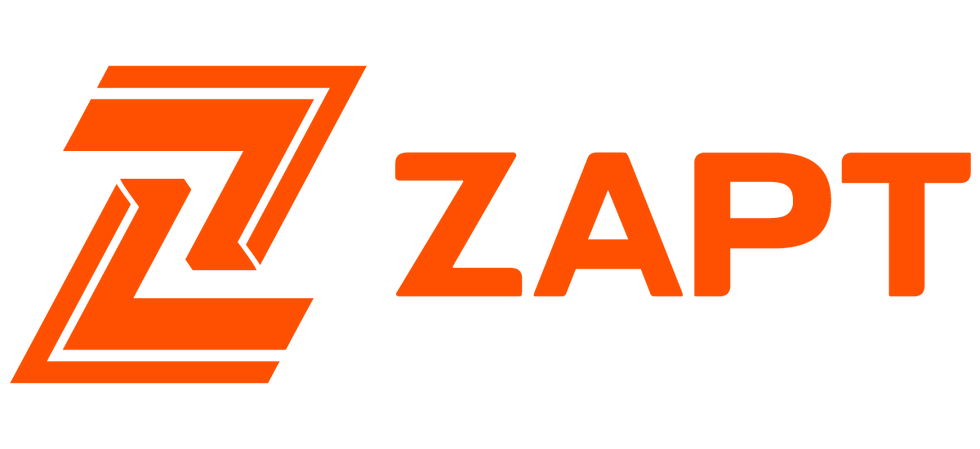
Welcome to the fourth entry in ZAPT's third blog series: Stories From the Field. Last time, we dove deeper into Nomad's accuracy and trueness to the path during local path planning by looking at the path planned to the actual path driven. This week we will discuss how Nomad uses LiDAR for mapping to build a base map to position itself to operate even if GNSS completely fails.
For mapping, we use LiDAR SLAM to accurately build a map and localize Nomad in that map at the same time. LiDAR is a sensor that stands for light detection and ranging, and SLAM is an algorithm that stands for simultaneous localization and mapping. This means that laser sensors collect data on Nomad to detect distances and then are computed in an algorithm to construct a map of the surroundings on the site in the global coordinates. This is essential for Nomads’ accurate positioning in unknown or evolving mowing sites.
Initially, when we arrive at a new mowing site, we manually drive Nomad under radio control to collect data that we post process to create the initial “base map” of the surroundings of the mowing site. From this base map, we generate a 3D point cloud of the mowing area that we use to compare the surroundings on later mows to see if there is anything new to update the map by matching the point clouds. Every time Nomad mows, a new point cloud of the mowing area is generated and compared with the initial base map. Additionally, we integrate LiDAR SLAM with GNSS and IMU data to aid in the computing power of point cloud matching to enhance Nomads’ data processing speed. During the point cloud matching, Nomad's movement is also calculated in real-time for localization through estimated sequential movement.
After generating the base map, we move on to global path planning to determine Nomad's most optimal mowing pattern in the field. Once the base map and global path plan are generated, Nomad can mow the site autonomously with the local path planner to stay on the planned path, avoid collisions and unknown objects and maintain safe operations.
Mapping through LiDAR SLAM adds another layer of accurate autonomous positioning while mowing instead of relying solely on satellite imagery and GNSS. Nomad integrates several of these positioning methods for mapping, and by adding LiDAR, Nomad is accurate within 5 cm regardless of the other positioning outputs. There are some problems with relying on satellite data imagery and GNSS without LIDAR.
We do not know the last time the satellite data imagery of a site was updated; therefore, the surroundings could have changed, or it is not a clear image of the site. For example, if trees cover the mowing area, we would not if there are obstacles under the trees, such as a big hole or a bench. With LiDAR, we can precisely pick up obstacles or unknown objects while Nomad is mapping.
As Nomad is a commercial lawnmower, trees are one of the many obstacles it must autonomously navigate around. GNSS is unreliable, especially under trees and around tall fences and buildings. If the area is tree-covered, there would be no heading; therefore, Nomad would not know the direction it is traveling.
With safety as a core focus for Nomad, it is essential that the mowing areas are correctly defined, and Nomads’ position is always known. LiDAR can see everything, making it the most optimal mapping solution. In the video below, watch as Nomad uses LiDAR to build a base map of an area on the first mow. LiDAR scans the area with lasers to detect distance from Nomad and then uses its SLAM algorithm to construct a map of the surroundings on the site in the global coordinates. As Nomad mows throughout the site, the map grows larger with data points, detecting objects up to 100 meters around Nomad to build the 3D point cloud.
Video: Nomad building a base map
Next time, our Stories From the Field blog will demonstrate Nomads control options: autonomous, Android and iOS phone apps, remote control, and central monitoring.
Comments